How To Turn Phone Into Projector?
In today's digital age, our smartphones have become indispensable tools, serving a multitude of functions beyond mere communication. One of the more innovative uses of a smartphone is transforming it into a projector. This can be particularly useful for presentations, movie nights, or simply sharing content with a larger audience. In this article, we will explore the various methods and steps to turn your phone into a projector, addressing practical concerns and providing detailed guidance to ensure a successful setup.
Understanding the Basics
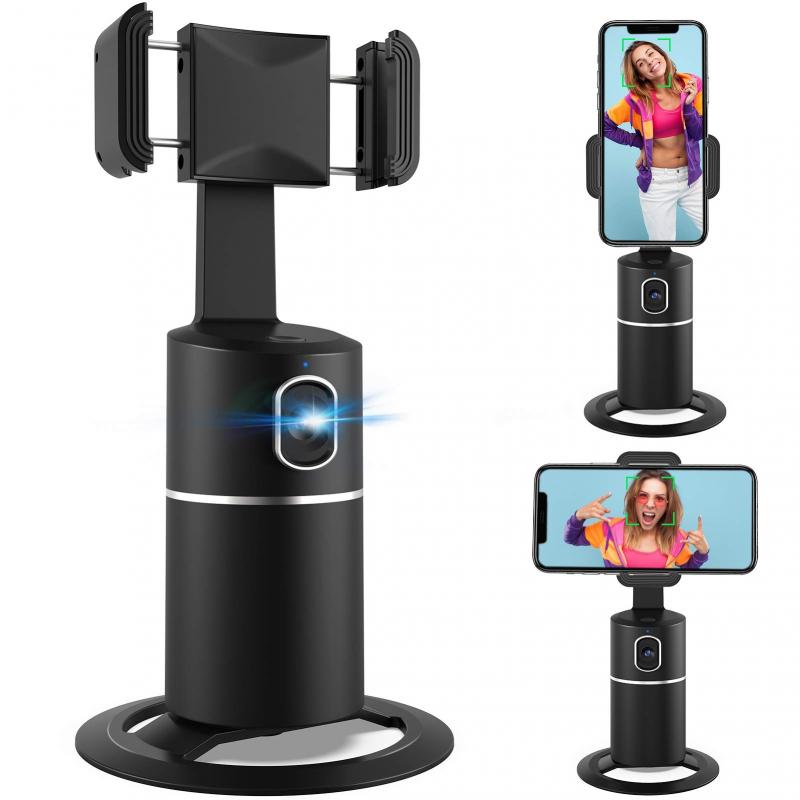
Before diving into the methods, it's essential to understand the basic principles of how a projector works. A projector essentially magnifies and projects an image onto a surface, typically a screen or wall. This involves focusing light through a lens to enlarge the image. When using a smartphone as a projector, the phone's screen acts as the light source, and additional components are required to achieve the desired projection.
Method 1: DIY Smartphone Projector
One of the most popular and cost-effective ways to turn your phone into a projector is by creating a DIY projector. This method involves using everyday household items and can be a fun project. Here’s a step-by-step guide:
Materials Needed:
- A shoebox or any sturdy cardboard box
- A magnifying glass (the lens will be used for projection)
- A smartphone
- Black paper or paint (to line the inside of the box)
- Tape or glue
- A utility knife or scissors
- A stand or support for the smartphone
Steps:
1. Prepare the Box: Start by painting the inside of the shoebox black. This helps to reduce light leakage and improve the quality of the projection. Allow the paint to dry completely.
2. Cut a Hole for the Lens: On one of the shorter sides of the box, cut a hole that matches the size of the magnifying glass lens. Ensure the hole is centered and the lens fits snugly.
3. Install the Lens: Secure the magnifying glass lens into the hole using tape or glue. Make sure it is firmly in place and there are no gaps around the edges.
4. Create a Phone Stand: Inside the box, create a stand or support for your smartphone. This can be done using additional cardboard pieces. The stand should hold the phone in place and allow you to adjust its position for focusing.
5. Insert the Phone: Place your smartphone on the stand inside the box, with the screen facing the lens. You may need to adjust the distance between the phone and the lens to get a clear image.
6. Adjust the Focus: Turn off the lights in the room and project the image onto a white wall or screen. Adjust the position of the phone and the lens to achieve the best focus and clarity.
Method 2: Using a Smartphone Projector Kit
For those who prefer a more polished and less labor-intensive solution, purchasing a smartphone projector kit is a great option. These kits are readily available online and come with all the necessary components, including a lens, a box, and a phone holder. Here’s how to use one:
Steps:
1. Assemble the Kit: Follow the instructions provided with the kit to assemble the projector. This usually involves attaching the lens to the box and setting up the phone holder.
2. Insert the Phone: Place your smartphone in the designated holder inside the projector. Ensure the screen is facing the lens.
3. Adjust the Focus: Similar to the DIY method, you will need to adjust the distance between the phone and the lens to achieve a clear projection. Most kits come with adjustable holders to make this process easier.
4. Project the Image: Turn off the lights and project the image onto a suitable surface. Fine-tune the focus as needed.
Method 3: Using a Wireless Projector
If you are looking for a more advanced and high-quality solution, investing in a wireless projector that can connect to your smartphone is the way to go. These projectors offer superior image quality and additional features such as wireless connectivity, built-in speakers, and more. Here’s how to set it up:
Steps:
1. Choose a Wireless Projector: Select a wireless projector that is compatible with your smartphone. Ensure it supports the necessary connectivity options such as Wi-Fi, Bluetooth, or screen mirroring.
2. Connect Your Smartphone: Follow the projector’s instructions to connect your smartphone. This may involve downloading a specific app or using the phone’s built-in screen mirroring feature.
3. Adjust the Settings: Once connected, adjust the projector’s settings to optimize the image quality. This includes focusing the lens, adjusting the brightness, and setting the aspect ratio.
4. Project the Image: Position the projector at the desired distance from the screen or wall and project the image. Make any final adjustments to ensure the best viewing experience.
Tips for Optimal Projection
Regardless of the method you choose, here are some tips to enhance your projection experience:
1. Darken the Room: The darker the room, the better the projection quality. Turn off all lights and close any curtains or blinds to minimize ambient light.
2. Use a White Surface: For the best image quality, project onto a white or light-colored surface. A dedicated projector screen is ideal, but a white wall can also work well.
3. Adjust the Brightness: Increase the brightness of your smartphone screen to ensure the projected image is clear and vibrant.
4. Stabilize the Phone: Ensure your smartphone is securely positioned and stable to avoid any movement that could blur the image.
5. Sound Considerations: If the built-in speakers of your smartphone or projector are not sufficient, consider using external speakers for better audio quality.
Turning your phone into a projector is a practical and innovative way to share content with a larger audience. Whether you opt for a DIY approach, a projector kit, or a wireless projector, each method has its own set of advantages and can be tailored to your specific needs and budget. By following the steps outlined in this article and considering the tips for optimal projection, you can create an impressive and functional setup that enhances your viewing experience. So, gather your materials, set up your projector, and enjoy the big screen experience right from your smartphone.


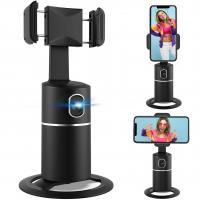
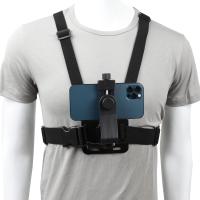

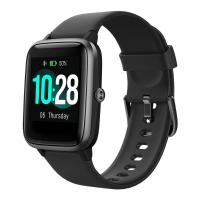
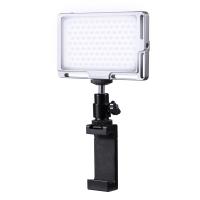

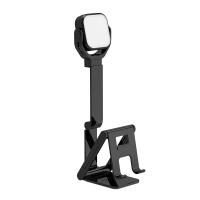

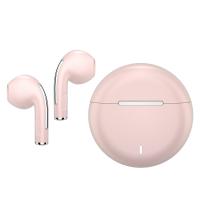


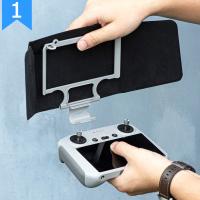

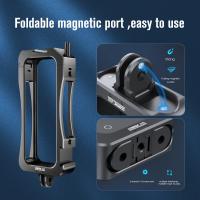
There are no comments for this blog.